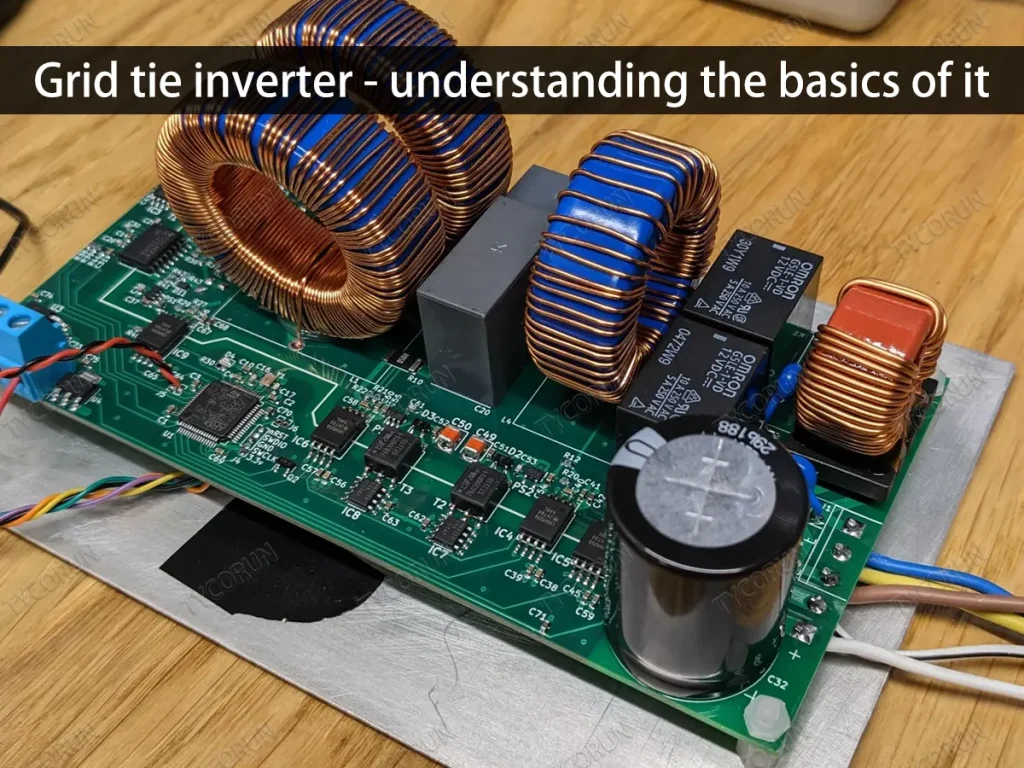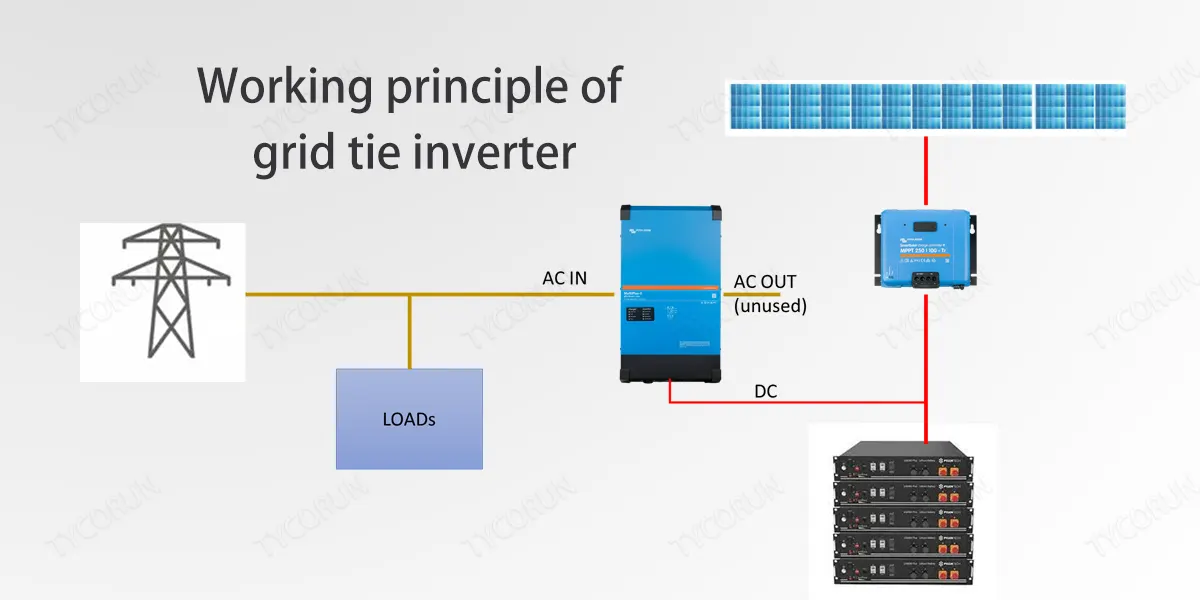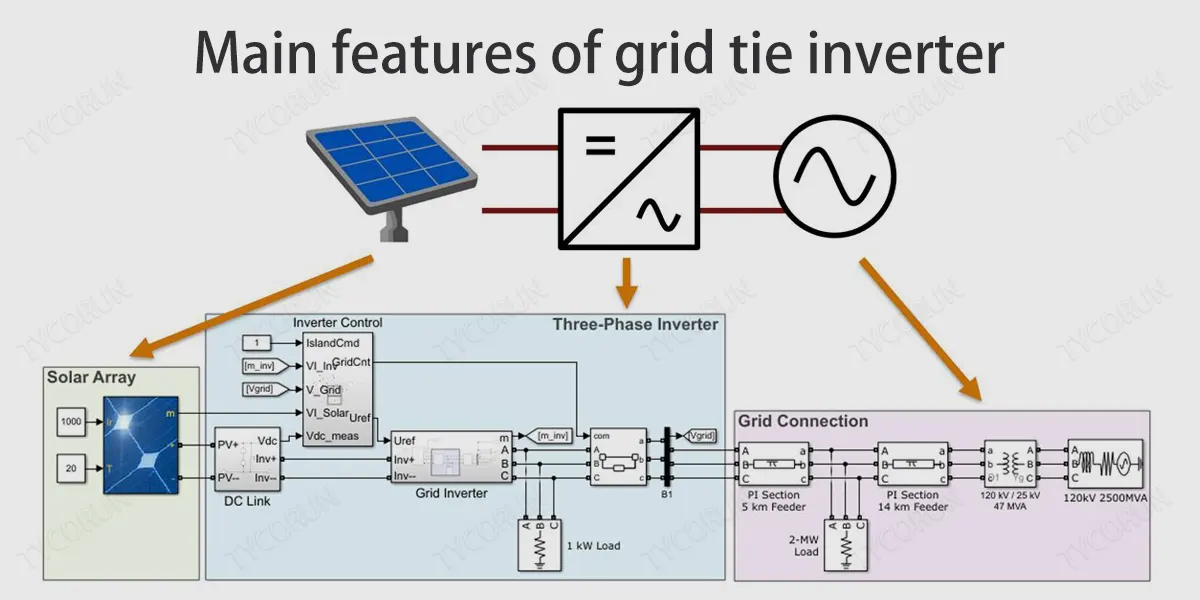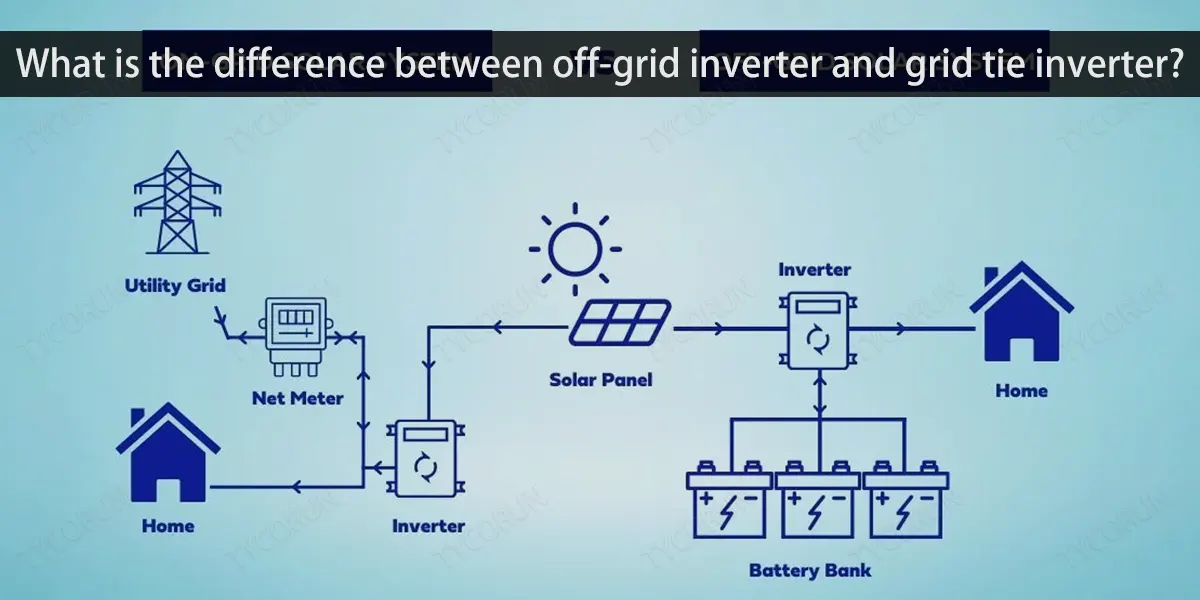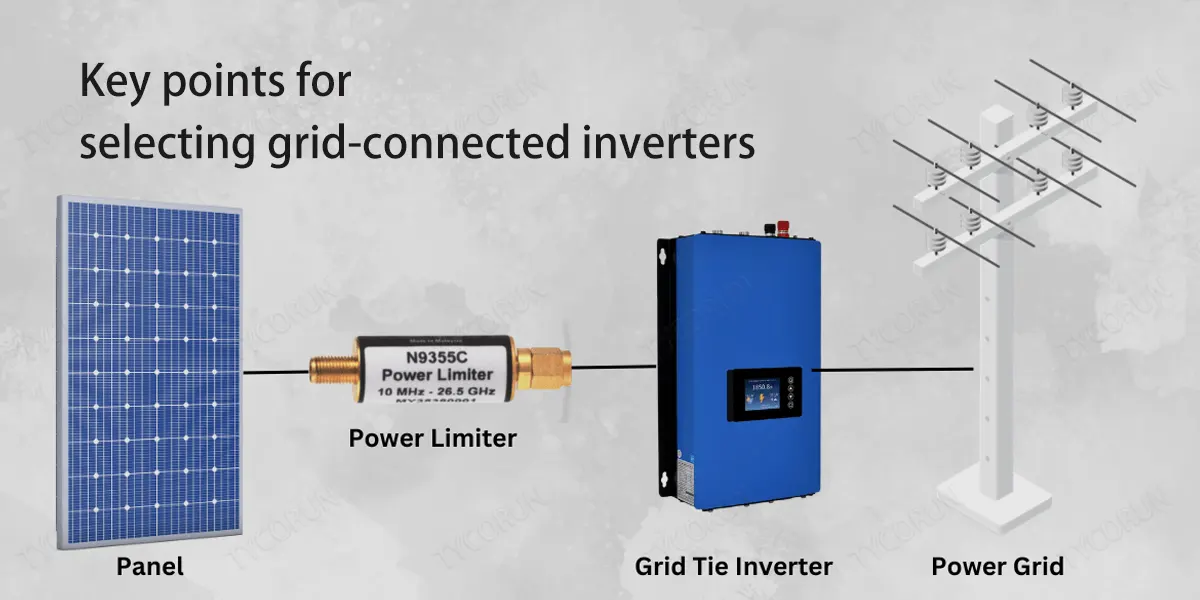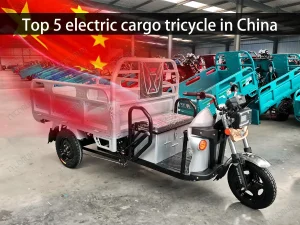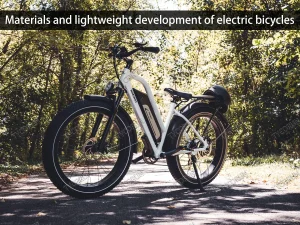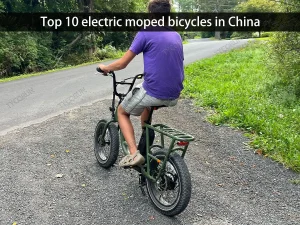Home » lithium ion battery knowledge » Grid tie inverter – understanding the basics of it
Grid tie inverter - understanding the basics of it

What is a grid tie inverter?
Grid tie inverters are generally divided into photovoltaic power generation grid-connected inverters, wind power generation grid-connected inverters, power equipment power generation grid-connected inverters and other power generation equipment power generation grid-connected inverters. The biggest feature of the grid-connected inverter is the high power and low cost of the system.
Grid tie inverter is generally used in systems of large-scale photovoltaic power plants, where many parallel photovoltaic strings are connected to the DC input of the same centralized inverter. Generally, three-phase IGBT power modules are used for high power, and field effect transistors are used for smaller power. At the same time, a DSP conversion controller is used to improve the quality of the generated power, making it very close to a sine wave current.
Working principle of grid tie inverter
When the public grid is powered off, the grid side is equivalent to a short circuit state. At this time, the inverter running on the grid will automatically protect due to overload. When the microprocessor detects an overload, in addition to blocking the SPWM signal, it will also disconnect the circuit breaker connected to the grid. At this time, if the solar array has energy output, the inverter will operate in a separate operating state.
When running alone, the control is relatively simple, that is, the negative feedback state of the AC voltage. The microprocessor detects the inverter output voltage and compares it with the reference voltage (usually 220V), and then controls the PWM output duty cycle to achieve inversion and stability.
Of course, the premise of independent operation is that the solar array can provide sufficient power at that time. If the load is too large or the sunshine conditions are poor, the inverter cannot output enough power, and the terminal voltage of the solar cell array will drop, thus reducing the output AC voltage and entering a low-voltage protection state. When the power grid resumes power supply, it will automatically switch to the feedback state.
Main features of grid tie inverter
- High efficiency
Since the current price of solar cells is relatively high, in order to maximize the use of solar cells and improve system efficiency, it is necessary to find ways to improve the efficiency of the inverter. - High reliability
At present, photovoltaic power station systems are mainly used in remote areas, and many power stations are unattended and unmaintained. This requires the inverter to have a reasonable circuit structure, strict component selection, and requires the inverter to have various protection functions. - Wide adaptable input voltage range
Because the terminal voltage of the solar cell changes with the load and sunlight intensity. Especially when the battery ages, its terminal voltage changes in a large range. For example, for a 12V battery, its terminal voltage may vary between 10V and 16V. This requires the inverter to ensure normal operation within a larger DC input voltage range.
What is the difference between off-grid inverter and grid tie inverter?
An off-grid inverter is a system that is separated from the public power grid. The DC power generated by the solar panels is first stored in the battery, and then the battery is transported to the off-grid inverter for inversion. The AC power generated can be directly supplied to the load. Used and can also be returned to battery storage. It is more suitable for areas without power network coverage, such as desert areas, plateau areas, and forest areas, and can ensure the need for electric energy at any time.
Grid tie inverter is usually suitable for systems in large power stations where many parallel photovoltaic strings are connected to the DC input of the same centralized inverter. The biggest difference of the grid-connected inverter is that it does not use any battery storage. The DC power formed from the solar panels can be directly switched to AC power through the inverter and sent directly to the public power system. However, there are corresponding thresholds, that is, the relevant regulations and policies of the local power grid need to be met, otherwise the grid connection cannot be provided.
Key points for selecting grid-connected inverters
1. With real-time monitoring function
If the photovoltaic power generation system is integrated into the public power grid, the output status of the photovoltaic power generation system (photovoltaic power generation system start, run, sleep, stop, fault status) and the status of the public power grid need to be monitored in real time, and whether the public power grid is judged based on the detection results. Switching control operations or other operations are required. This ensures the safe and reliable operation of photovoltaic power generation systems and public power grids.
2. With maximum power tracking function (MPPT)
Because the output curve of the photovoltaic array is nonlinear, in order to ensure that the photovoltaic array outputs electric energy at the maximum power, the grid-connected photovoltaic inverter (hereinafter referred to as “inverter”) needs to incorporate maximum power tracking control technology (MPPT).
3. Inverter output efficiency
At full load, the inverter output efficiency needs to exceed 95%. When the inverter input power is 10% of its rated power, the inverter output efficiency needs to exceed 90%.
4. The output waveform of the inverter must meet the grid connection requirements
The output voltage waveform, amplitude, and phase of the inverter should be consistent with the public grid, so that smooth power supply to the public grid can be achieved without disturbance.
5. Ability to protect islands
When the public power grid interrupts power supply due to external electrical faults, misoperation, natural factors, etc., in order to prevent damage to electrical equipment and the safety of grid maintenance personnel, the inverter must have islanding protection capabilities.
6. Has perfect protection function
The inverter should have input under-voltage, over-current protection, over-current protection, output short-circuit protection, input reverse connection protection, lightning protection and other functions.
7. Inverter input DC voltage range
Because the terminal voltage of the photovoltaic array varies widely with load and sunshine intensity, the inverter needs to operate normally within a larger DC input voltage range, and the maximum input DC voltage of the inverter should be greater than the maximum voltage of the photovoltaic array.
8. Output voltage and frequency of inverter
The rated output voltage of the inverter should be equal to the rated voltage of the public grid, and the rated frequency of the inverter should be equal to the frequency of the public grid.


